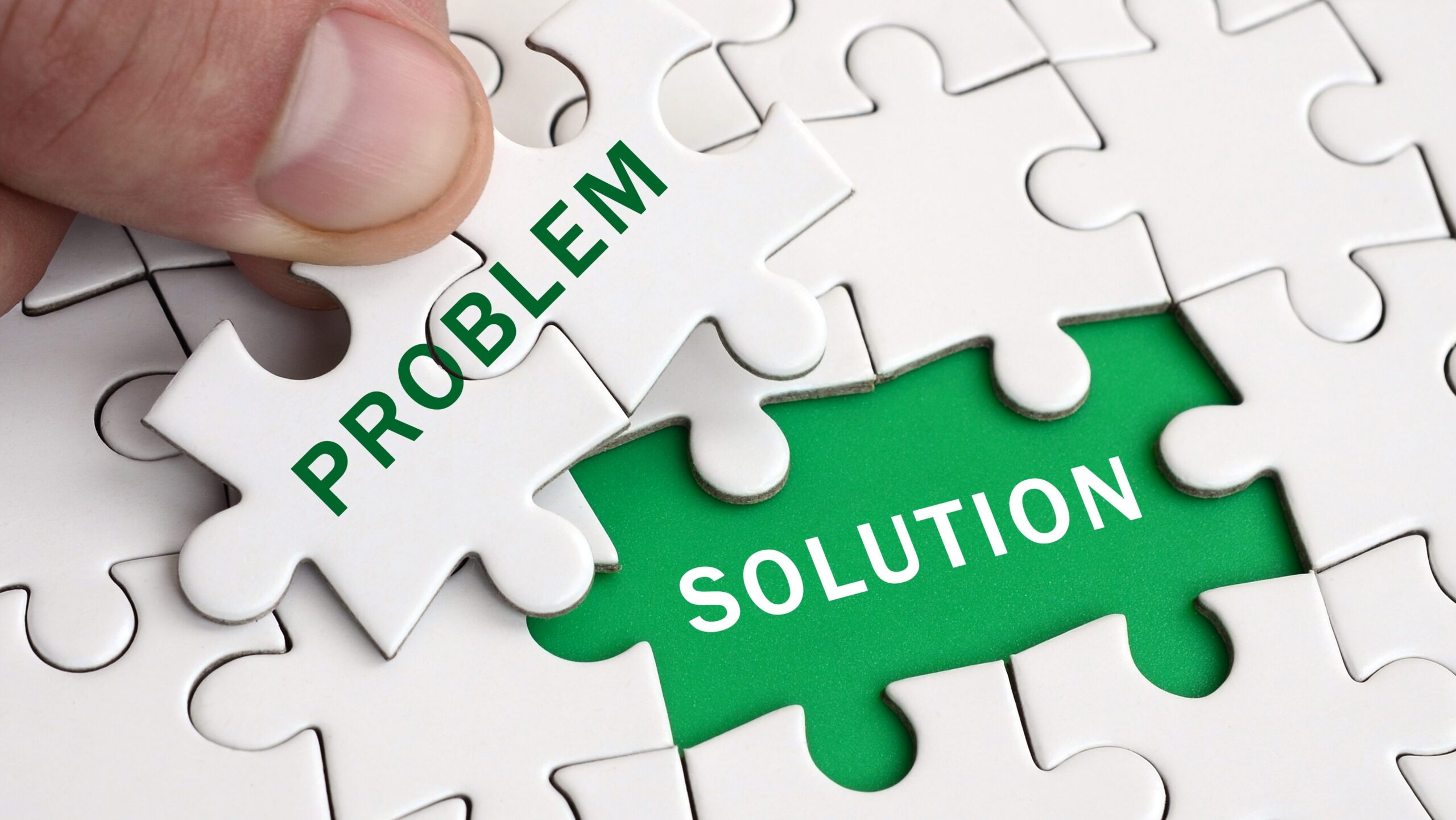Your AI-powered presentation for tomorrow’s board meeting produces inconsistent results. The content management AI that worked perfectly last week now generates irrelevant responses. Your team’s productivity AI suddenly requires twice as many revisions to achieve acceptable quality.
When AI tools malfunction, teams often restart from scratch, waste hours experimenting, or abandon AI altogether—missing the fact that most AI problems have systematic solutions that can be resolved in minutes rather than hours.
Research from AI operations studies shows that 78% of AI performance issues stem from five common problems, and teams with structured troubleshooting approaches resolve 85% of AI challenges within 15 minutes.
The Systematic AI Troubleshooting Framework

Diagnostic Hierarchy for AI Problems
- Level 1: Input and Context Issues (60% of problems) – Problems originating from unclear instructions, insufficient context, or poorly structured prompts that confuse AI systems.
- Level 2: Model Selection and Configuration (25% of problems) – Issues arising from using inappropriate AI models for specific tasks or suboptimal platform settings.
- Level 3: Output Processing and Expectations (10% of problems) – Challenges related to unrealistic expectations or improper handling of AI-generated content.
- Level 4: Technical and Platform Issues (5% of problems) – Genuine technical problems requiring platform support or system troubleshooting.
Quick Problem Identification Process
Step 1: Symptom Assessment (30 seconds)
- Output Quality: Is the AI producing poor, irrelevant, or inconsistent results?
- Performance Speed: Has AI response time increased significantly or become unreliable?
- Consistency Problems: Are identical prompts producing dramatically different outputs?
- Access Issues: Are there login, loading, or connectivity problems?
Step 2: Context Analysis (60 seconds)
- Recent Changes: What modifications were made to prompts, settings, or usage patterns?
- Environmental Factors: Have team usage patterns, project requirements, or external factors changed?
- Timing Patterns: Do problems occur at specific times, with certain content types, or during particular workflows?
Common AI Problems and Rapid Solutions

Problem Category 1: Poor Output Quality
Symptom: Generic or Irrelevant Responses
Quick Solution (2 minutes):
- Add Specific Context: Include role, audience, and objective in prompt
- Provide Examples: Add 1-2 examples of desired output style or format
- Define Constraints: Specify length, tone, format, and quality requirements
Before: “Write a report about our sales performance”
After: “You are a senior sales analyst presenting to executive leadership. Create a professional 2-page quarterly sales report highlighting key metrics, trends, and actionable insights. Use bullet points for key findings and include executive summary.”
Symptom: Inconsistent Quality Across Similar Tasks
Quick Solution (3 minutes):
- Standardize Prompt Structure: Create consistent format for similar requests
- Document Successful Approaches: Save prompts that produce excellent results
- Use Template Framework: Apply proven prompt patterns to new requests
Problem Category 2: Context and Conversation Issues
Symptom: AI “Forgetting” Previous Instructions
Quick Solution (1 minute):
- Reinforce Key Instructions: Restate critical requirements in new prompts
- Use Context Reminders: Begin prompts with “Remember that…” or “Continuing from…”
- Create Context Summary: Provide brief summary of project background and requirements
Symptom: Conversation Going Off-Track
Quick Solution (2 minutes):
- Reset and Redirect: Clear statement of new direction and objectives
- Provide Course Correction: “Let’s refocus on [specific objective] instead”
- Start Fresh Conversation: Begin new AI session for complex changes in direction
Problem Category 3: Performance and Speed Issues
Symptom: Slow AI Response Times
Quick Solution (3 minutes):
- Simplify Complex Prompts: Break complicated requests into smaller, sequential tasks
- Reduce Context Length: Remove unnecessary background information that may slow processing
- Switch to Faster Models: Use more efficient AI models for speed-critical tasks
- Check Platform Status: Verify if performance issues are platform-wide
Problem Category 4: Model Selection and Optimization
Symptom: AI Model Not Suitable for Task
Quick Solution (5 minutes):
- Match Task to Model Strengths: Use creative models for creative tasks, analytical models for data work
- Test Alternative Models: Try the same prompt across 2-3 different AI systems
- Adjust Expectations: Some models excel at specific tasks but struggle with others
- Combine Model Approaches: Use different AI systems for different project phases
Model Selection Quick Guide:
- Creative Writing: GPT-4, Claude for narrative and creative content
- Data Analysis: Claude, specialized analytical models for structured analysis
- Research Tasks: Models with web access for current information
- Code Generation: Specialized coding models for technical development
Advanced Troubleshooting Techniques

Systematic Problem Isolation
Progressive Elimination Method:
- Test Minimal Case: Use simplest possible prompt to verify basic functionality
- Add Complexity Gradually: Introduce requirements one at a time to identify problem source
- Compare Known Working Examples: Use previously successful prompts as baseline
- Isolate Variables: Change one element at a time to identify specific issue causes
Cross-Platform Validation
Multi-Model Testing: Verify if problems occur across different AI systems and test identical tasks on alternative AI platforms to identify if issues are model-specific or universal.
How Qolaba Simplifies AI Troubleshooting

Built-In Diagnostic Tools
Multi-Model Problem Resolution:
- Automatic Model Switching: Quick testing across 60+ AI models to identify optimal performance
- Comparative Analysis: Side-by-side output comparison to isolate model-specific issues
- Performance Monitoring: Built-in analytics that identify declining performance patterns
- Quality Consistency Tracking: Systematic monitoring of output quality across different models
Troubleshooting Support Features
Advanced Features:
- Template Libraries: Proven prompt structures that eliminate common input problems
- Best Practice Integration: Platform guidance that prevents typical user errors
- Error Pattern Recognition: Automatic identification of common problems and suggested solutions
- Performance Optimization: Built-in tools for improving AI response quality and speed
Team Troubleshooting Coordination
Collaborative Problem Solving:
- Shared Workspaces: Team access to troubleshooting efforts and solution development
- Knowledge Base Integration: Organizational repository of successful troubleshooting approaches
- Expert Consultation: Access to AI specialists for complex problem resolution
- Team Learning: Systematic sharing of troubleshooting insights and solutions
Most AI problems have quick, systematic solutions—the key is structured troubleshooting approaches that identify root causes rapidly and apply proven fixes efficiently rather than starting from scratch.
Resolve AI challenges faster with Qolaba‘s comprehensive troubleshooting support and multi-model problem resolution capabilities.





